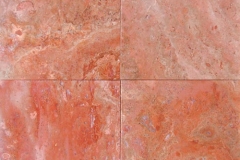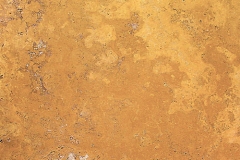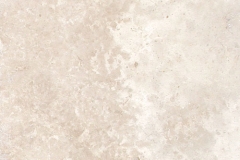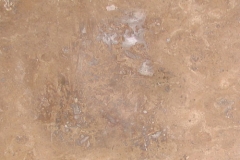Travertine Colors of Décor
Travertine is a terrestrial sedimentary rock, formed by the precipitation of carbonate minerals from solution in ground and surface waters, and/or geothermally heated hot-springs.[1][2] Similar (but extremely porous) deposits formed from ambient-temperature water are known as tufa.
Travertine forms the stalactites and stalagmites of limestone caves, and the filling of some veins and hot spring conduits. Travertine forms from geothermal springs and is often linked to siliceous systems which form siliceous sinter. Macrophytes, bryophytes, algae, cyanobacteria and other organisms often colonise the surface of travertine and are preserved, giving travertine its distinctive porosity.
Some springs have temperatures high enough to exclude macrophytes and bryophytes from the deposits, consequently, deposits are generally less porous than tufa. Thermophilic microbes are important in these environments and stromatolitic fabrics are common. When deposits are apparently devoid of any biological component, they are often referred to as calcareous sinter.
Click here for more option




